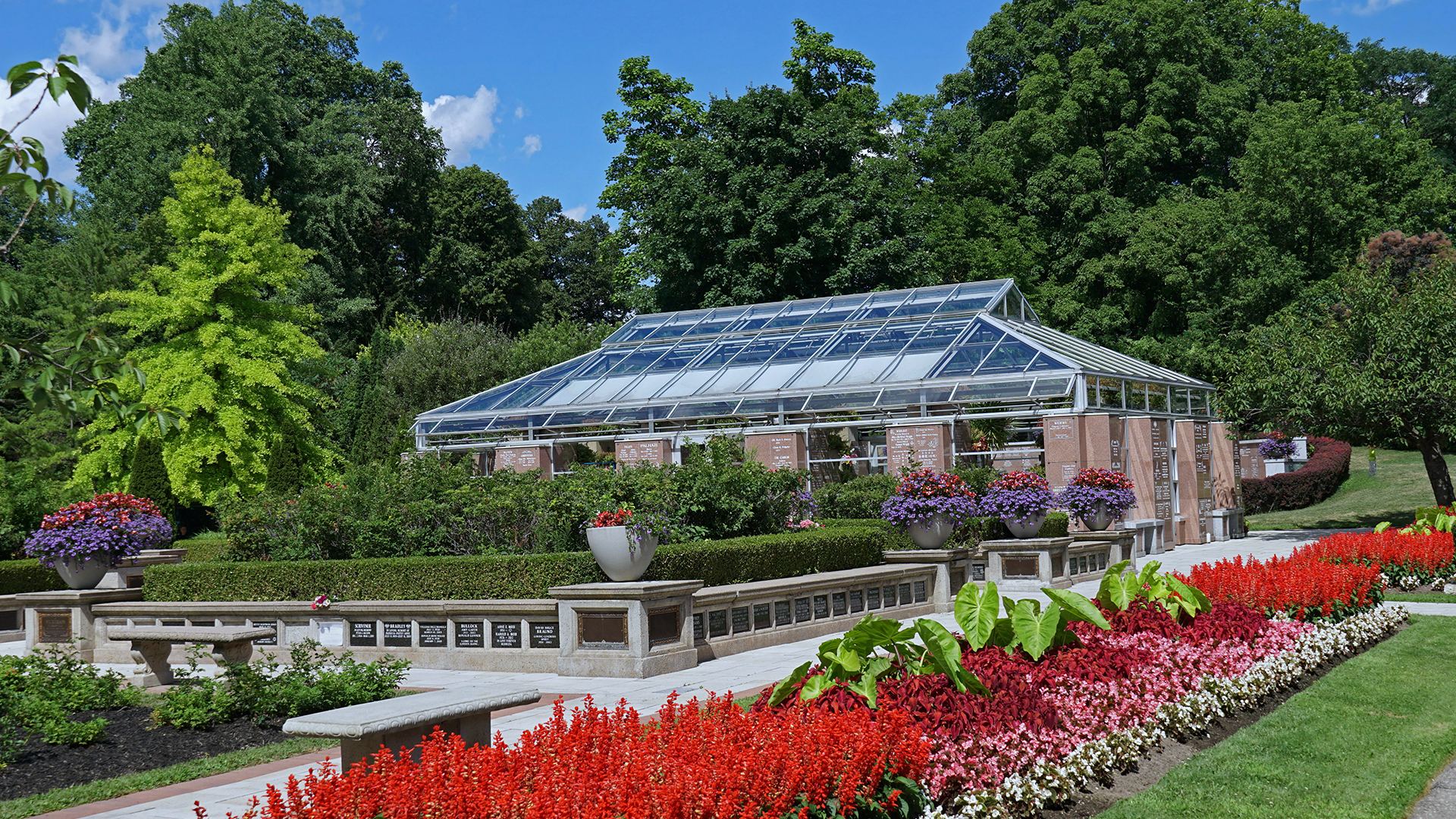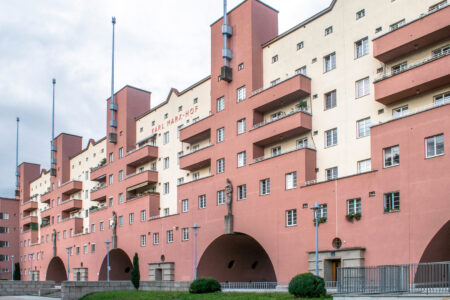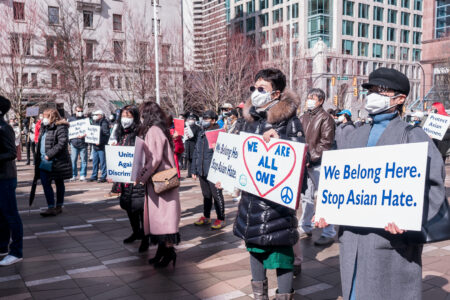
COVID-19 has had an enormous effect on cemetery land uses across cities and rural communities in Ontario. In 2021, it continues to change the practices of interment, memorialization and cultural and religious needs of bereavement. This highlights how the changing needs of death and the lack of cemetery land uses has become a death equity issue for residents across Ontario.
Although many of us may not have known about this environmental crisis, it has been a land use planning issue for more than a decade. How we should accommodate interment and where interment should take place spatially, are two questions that municipal planning departments continue to confront as the growing need for different types of cemetery land uses continues to rise.
Given that there are 444 municipal planning departments across Ontario that operate approximately 5,100 licensed cemeteries, this is an environmental land-use issue that urgently needs to be addressed in the public interest. The lack of diverse cemetery land uses has created a perpetual housing issue we all have a pending appointment with.
Death equity in Ontario
Death equity includes the growing need for full-body in-ground burial or cremation – where demand exceeds available land supply within a geographical area. There is a growing issue of municipalities not having adequate cemetery land uses (small-scale cemetery, cemetery parkette, memorial garden, ecological memorial park, memorial public art installation in public space, etc.) to accommodate the populations’ cultural and religious needs in death. Cities such as Toronto, Mississauga, Brampton, Vaughan and Newmarket will be out of full-body in-ground burial space within the next 10-15 years.
When there is a lack of available cemetery land, required cemetery expansions, additions and infill development are just not possible. Given this problem, the ethical, cultural and religious interment needs of many people are no longer accessible and even affordable because land is at a limit and premium.
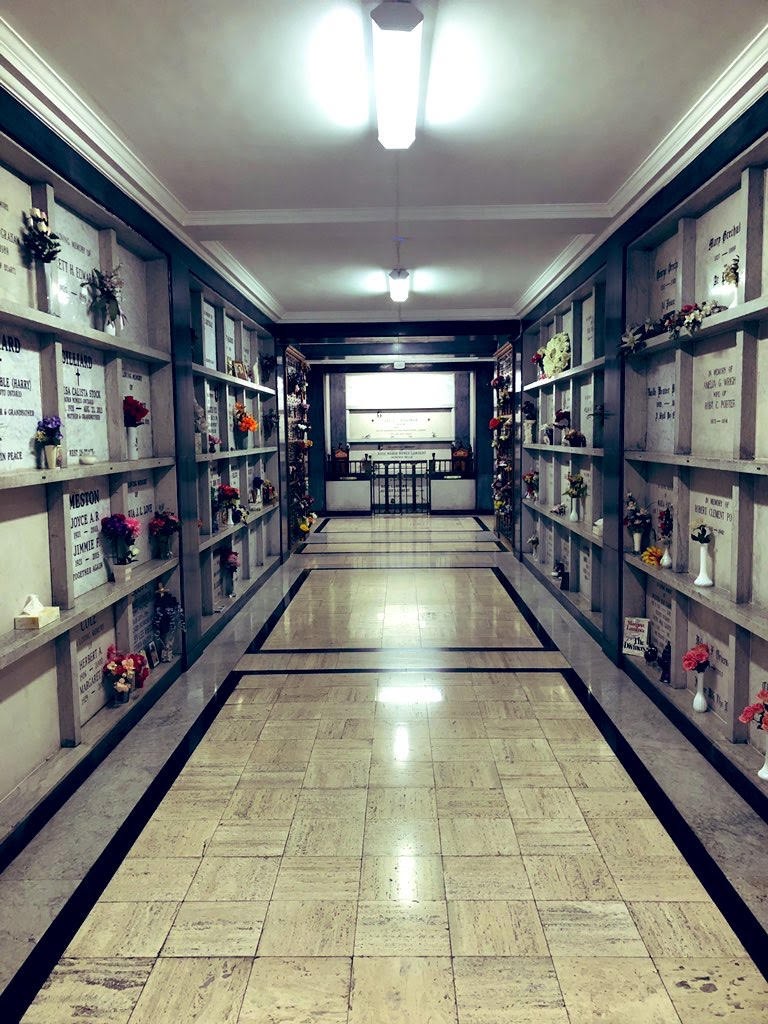
Various cemetery operators (religious, non-denominational, non-for-profit and commercial) have been trying to resolve the issue through cemetery land use recommendations in official plan reviews (OPRs), municipal comprehensive reviews (MCRs), cemetery needs analysis, cemetery feasibility studies and development agreements. It is through these planning policy instruments of the Planning Act that operators (including municipalities) have tried to address how to expand and infill their existing cemeteries, while proposing new ways to sustainably choose sites and develop new cemetery land uses. One example of a sustainable cemetery land use recommendation, has been to create ecological memorial parks within the Oak Ridges Moraine. This would create a joint conservation-cemetery land use, which would support, maintain and steward the ecological integrity of the area permanently, while supporting the perpetual use of the cemetery.
Another reason why the lack of cemetery land uses has been a longstanding issue, is because of the cemetery planning horizon. Cemetery land uses must be planned for in 100-plus years. This is because cemetery land uses are generational. It takes approximately 10 years to choose a site, acquire, plan and obtain approvals to develop a licensed cemetery before the interment needs of residents can even be served. Most land uses cover a 10- to 30-year planning horizon through master plans and secondary plans. By comparison, this planning horizon is not a long time in the spatial language of the life of the cemetery.
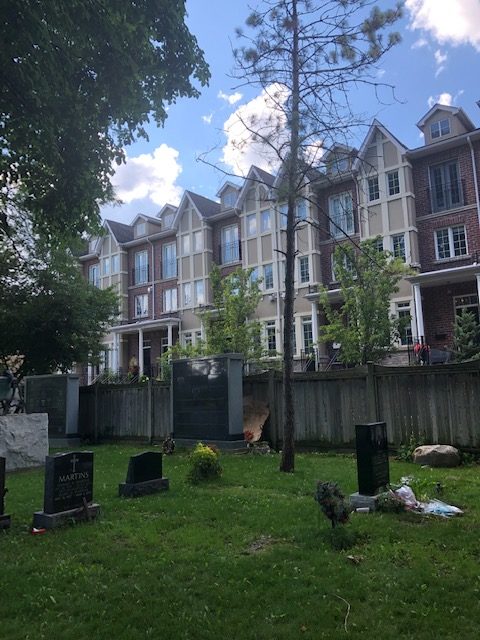
Here are some of the indicators that continue to drive death equity within cities in Ontario:
1. Restrictive zoning and finite land: There are limited areas where new cemetery land uses are zoned or where rezoning can happen to accommodate cemetery land uses. Cemeteries do not provide a tax base to municipalities. Historically, cemeteries have been zoned in peripheral areas and continue to be treated as undesirable and inconvenient land uses.
2. Population projections: Census data provides population projections within municipalities. However, this information is not used to consider demographics and cultural and religious needs in death of residents based on their geographic location – in relation to current demand and future supply of cemetery land.
3. Mortality rates: Census data provides mortality rates of people within municipalities. However, this information is not used to project the mortality rates in relation to current demand and future supply of cemetery land.
4. Social determinants of health and income polarization: The social determinants of health for people, specifically racialized people, need to be prioritized in considering cemetery land uses within the realm of community planning. Racialized people are disproportionately affected by health conditions which results in higher death rates. Income polarization for racialized people need to be prioritized in considering accessible cemetery land uses.
5. Religious and cultural needs of death and disposition: While cremation is desired for some groups, it is prohibited within some religions and is not an acceptable practice for other groups. In-ground is the preferred method of interment for the Jewish and Muslim faiths and many branches of Christianity, including Catholic and Orthodox (with variations of course). Cremation will absorb the increased number of deaths by resident, but in-ground burial will remain constant.
6. Community use trends: Municipal data on residency and pre-need sales patterns should be determined as part of a cemetery needs analysis or cemetery feasibility study to address current demand and future supply of cemetery land use.
7. Baby boomer cohort deaths: Those born between 1946 and 1964 are now beginning to die in increasing numbers and – as they did with their birth rates – are now driving up death rates and land scarcity.
8. COVID-19 Deaths: There has been more than 9,000 COVID deaths in Ontario to date. Spatially, where and how have these deaths absorbed land uses in cemeteries? This also needs to be considered by municipal planning departments.
These indicators all pose a barrier for people to equitably access their desired interment option within their city. These indicators also amplify how death equity continues to permeate cities within Ontario.
Cemetery planning policy recommendations
To address death equity within cities, municipal planning departments can create a cemetery master plan, which is a comprehensive planning document that outlines a sustainable and innovative approach to envision, restore and maintain municipally owned and operated cemeteries.
Given that municipalities are licensed cemetery operators, it is in their best interest to create cemetery master plans in the public interest. Spatially, omitting the planning of cemeteries is no longer feasible or ethically moral. Municipal planning departments across Ontario are slowly starting to listen and consider ways to implement cemetery-planning policy recommendations.
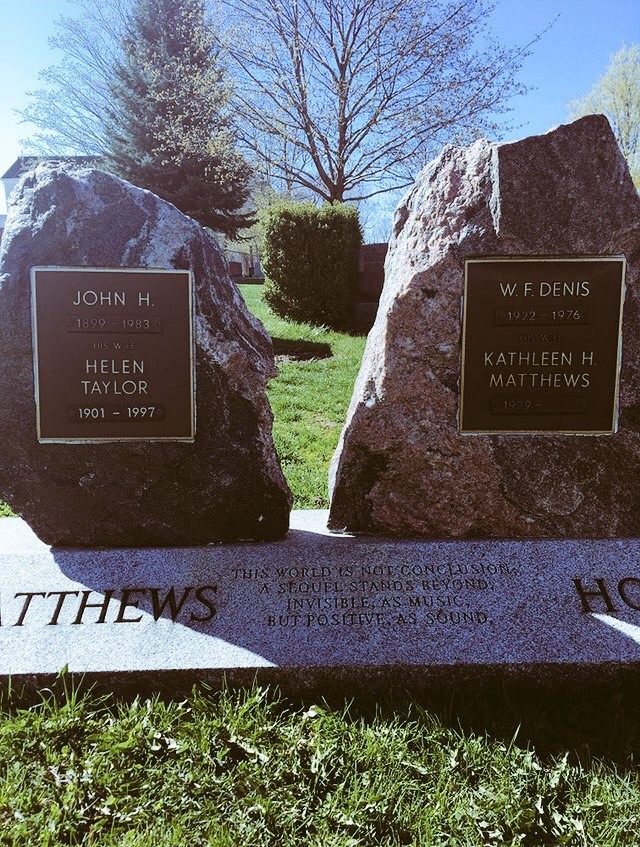
In 2015, municipal, non-profit, private and faith-based cemetery operators were a part of a York Region official plan cemetery needs analysis and policy framework review determine regional cemetery land use needs up to 2041 and to develop criteria to identify a policy framework. This led to a Regional Official Plan Amendment (ROPA) which is currently under appeal.
Similarly, in 2016, the City of Mississauga undertook a cemetery feasibility study (not currently publicly available) to analyze and guide the future provision of sustainable cemetery and crematorium land uses, and to match the supply with the future demands of residents.
Some of the recommendations that have emerged from municipal studies and from operators and stakeholders include:
- Designating smaller-sized cemetery parkettes that include both greenspace and non-greenspace;
- Creating memorial public art installations or “memoryscapes” within communities;
- Setting aside land for cemetery use within agricultural land or within conservation lands/greenbelts as a suitable and compatible land use;
- Prioritizing a cemetery needs analysis for municipal official plan reviews and comprehensive reviews; Requiring alternative cemetery land uses to be considered as a community amenity contribution from developers
How we respond to cemetery planning issues in creating a livable city will have a lasting impact. Through an equitable lens of mortality, diversity and inclusion, planners are asked to consider new and sustainable cemetery land uses by weighing in on evidence that the diverse need for interment is a growing need in cities. For this reason, it is imperative for municipal and provincial planning departments to spatially plan for cemetery land uses to understand and forecast the cemetery land use supply and demand with certainty. This will address death equity and enable long-term sustainability of cemetery planning in the public interest.
This article is part of the Reshaping Canada’s Cities After the Pandemic Shockwave special feature.




